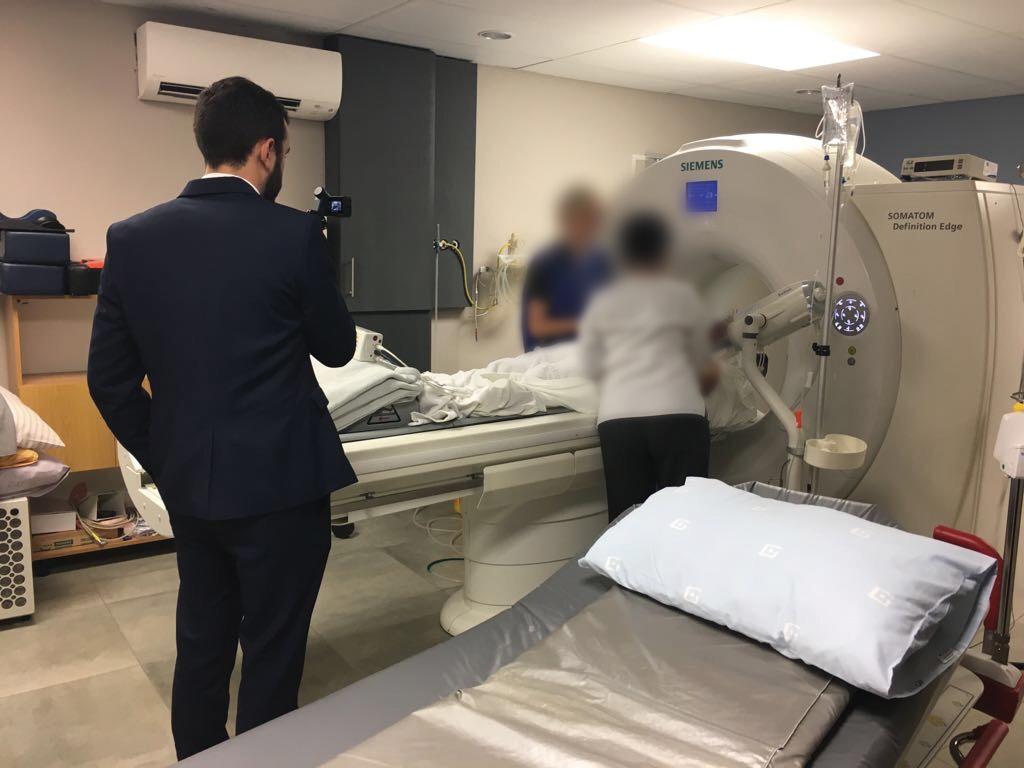The Angels Initiative in South Africa
Pilots use simulators to prepare them for the realities of flying a plane, meaning passengers can feel comfortable about the journey ahead. Should stroke patients not have the same confidence in the abilities of doctors? Watch the video below to learn more about the value of simulations in acute stroke care.
There is mounting evidence to support the value of experiential learning – in particular, simulation-based training. Tahtali, D. (2016) showed that a mean door-to-treatment time of under 30 minutes could be achieved by performing “dummy patient simulations” in their unit.

We set out to introduce simulations in the hospital setting, enabling stroke teams to complete training in their own environment. We developed a simulation package that included a patient case scenario and two dummy patient simulations (recorded on GoPro cameras). Participants were able to study the video and agree on points for improvement in a multidisciplinary workshop setting.
Armed with our new cameras and excited by the possibilities of this type of training, our Angels Consultants set off to test this new offering in the country where the Angels Initiative originated – South Africa.

We completed simulations in 13 hospitals across the country in one day. We were surprised by the results that started coming in from consultants nationwide. The average door-to-treatment time for the first simulation was just over 30 minutes across the 13 hospitals and, without fail, the hospitals managed to reach a time of under 20 minutes in the second simulation. This was especially significant given that South Africa had only 4 stroke centres two years ago.
We learned a lot in terms of how to manage these simulations from a technical point of view, and any doubts about the practical applicability of these in real life faded two days later. Just two days after their simulation, a hospital that previously had a 47-minute personal best was able to treat a real stroke patient in just 31 minutes.
We left South Africa humbled by the experience but motivated to share our success story with hospitals in Europe. If a country with limited resources and a handful of brand-new stroke-ready hospitals can treat patients in under 30 minutes (on average), so should every hospital in Europe.


